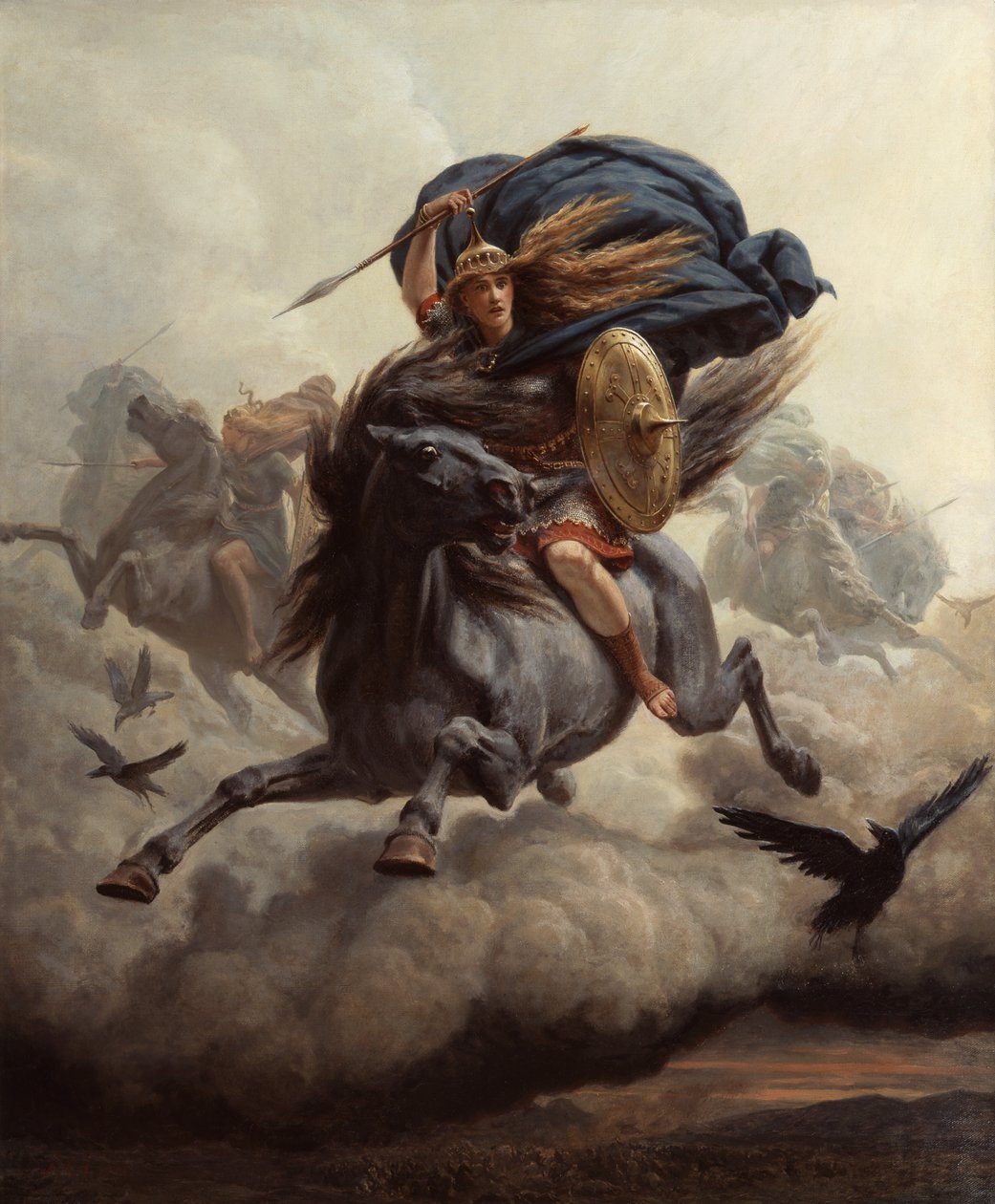Renoir’s joyful, discreet and tender vision, devoid of any hint of sentimentality, ribaldry or drama, distinguishes him from the other painters of his day.
The artist locates the interactions he depicts in his paintings in the public space, the new, modern social and natural settings - theaters, restaurants, guinguettes, boulevards and gardens - frequented by various social classes.
Theses popular "scenes" of modern love encouraged greater freedom of morals and the blossoming of "illicit" loves, in an era when bourgeois conventions and religious morality still governed romantic and sexual relationships.









.jpg)
.jpg)












.jpg)
.jpg)















